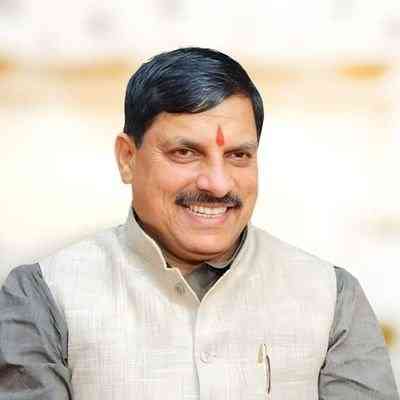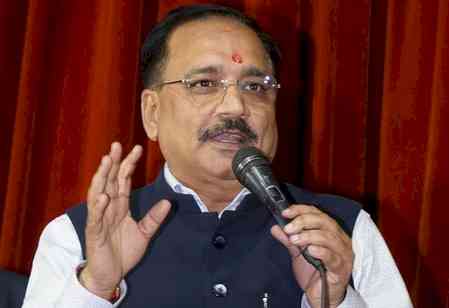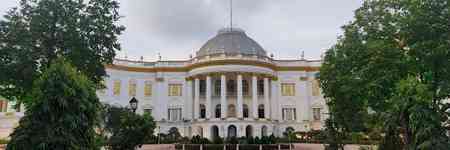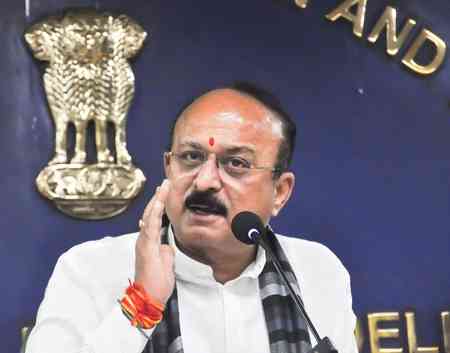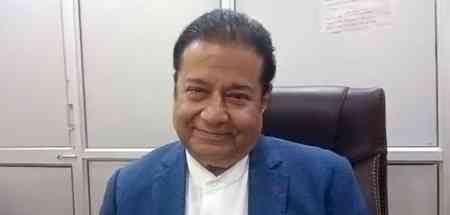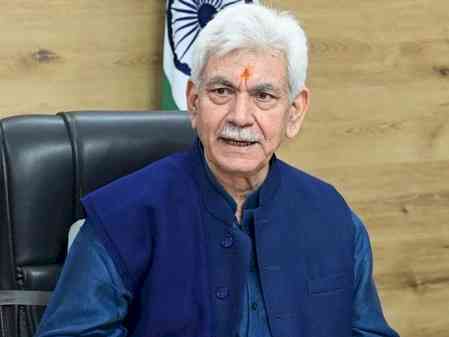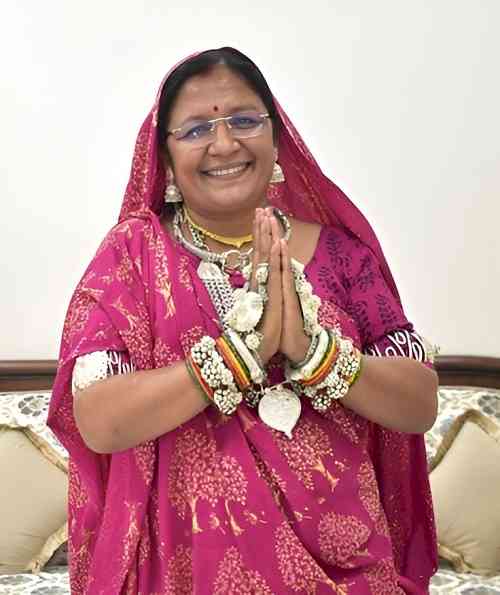The Third Eye: In the backdrop of relations with Pak, India can draw strength from its strategic culture
Strategic culture is the collective consciousness of a nation towards its unity, well-being and contribution to humanity at large.
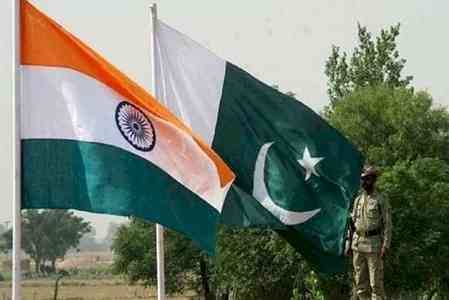
D.C. Pathak
New Delhi: Strategic culture is the collective consciousness of a nation towards its unity, well-being and contribution to humanity at large.
Awareness of an integral identity is the foundation of strategic culture and it is rooted in three ‘civilisational’ paradigms- the shared ‘historical’ memories of the people, their willingness to work together in the ‘present’ and their perception of a common ‘destiny’. This makes strategic culture a product of the synthesis between the ‘heritage’ of a nation and its ‘security doctrine’ for the future.
Strategic culture is sustained by thoughts of how ‘ancient’ this heritage was, and in the Indian context, this helped to get over many divides of language, caste and region facing the country. Unfortunately, however, the cataclysmic Partition of India on the grounds of religion, caused largely by the alliance of the British and the power-seeking practitioners of Political Islam, resulted in the death of lakhs of people in communal riots.
The memory of the Partition riots cast its shadows on independent India, which interestingly, housed more Muslims than its population in the Islamic Republic of Pakistan. Indo-Pak relations have ever since tested the resilience of India’s strategic culture because of the evil attempts of the Pakistan Army-ISI combine to exploit faith-based motivation for cross-border terrorism in Kashmir and elsewhere.
The Pakistan-directed terror attack at Pahalgam on April 22 in which Hindu male tourists were targeted, was designed to internally destabilise India, though, as it turned out, all Indians united against the despicable act of Pakistan that had evoked universal condemnation as well. The communally driven terrorist violence instigated by Pakistan deserved to be eliminated permanently.
In this context, it has to be mentioned that the ancient culture of India witnessed reforms like that brought about by Arya Samaj, but the non-assimilative outlook of the advocates of Islamic ‘supremacism’ impeded the process of moving our strategic culture forward to embrace all the people of this country.
Islam is a young religion, but the Islamic fundamentalists who managed to capture the leadership of the community, claim it to be the only ‘perfect’ faith that would stay that course since Prophet Mohammad was the ‘Khatimul Anbia’- the last of the Prophets.
India’s strategic culture flows out of a commitment to the cause of humanity expressed in the words ‘Vasudhaiva Kutumbakam’(world is one family), zero tolerance of any activity designed to break the country and practice of ‘welfarism’ by the State in which special care was taken of the poor and the weak. The traditions of India gave primacy to peace and harmonious living, and an average member of any minority community of India believes in this too, happily enjoying the freedom of religion granted by the Constitution.
It is the mandate of strategic culture that the collectivity of citizens must have an intrinsic commonality on perceptions about what constitutes a threat to the nation externally or internally, and what would prompt them to make a sacrifice for national security.
Strategic culture of a nation is tested during the exercise of the options of ‘war and peace’- in the wake of what happened at Pahalgam, Indian unity measured up to the national call for strong retaliatory action to destroy the terror bases across the border and eliminate those who sheltered the terrorists. This happened because Secularism- even when it was not specifically mentioned in the Preamble- was built into the foundations of democratic India.
Unlike in Pakistan, the state here did not carry a denominational stamp, ‘one man one vote’ gave every citizen the ultimate political equality-with complete freedom to practice any ‘faith’- and policies of the state were meant to apply to all its citizens alike.
The complexities facing the advance of India’s strategic culture are mainly attributable to Pakistan, which used Islamic terror as a state policy against India and to the strategic Sino-Pak alliance that was mainly directed against this country.
Pakistan harboured the leaders of Islamic radicals on its soil but remained in the good books of the US, among other things, because of the unhindered friendship of Pakistani Generals with the Pentagon. Moreover, Jamaat-e-Islami, founded on the Indian subcontinent by Maulana Abul Ala Maudoodi in 1941 with a pro-British orientation, became a major instrument in the hands of Pak ISI to sustain the pro-Pak lobby in Kashmir, as also in the rest of India.
It may be recalled that the Jamaat was at the forefront of the campaign sponsored by Gen. Ziaul Haq for establishing Nizam-e-Mustafa in Pakistan as President of Pakistan, Ziaul Haq became a fierce champion of the idea of Ummah, advocating that Muslims of the world from Morocco to the Philippines constituted one entity. Jamaat’s front, Hizbul Mujahideen, was in the forefront of the anti-Soviet armed campaign in Afghanistan.
Pakistan was given full credit by the US for the success of this campaign which only led Pakistan to step up its efforts to replicate the Afghan Jehad in Kashmir.
In the US-led ‘war on terror’, Pakistan played a dubious role, harbouring the likes of Osama bin Laden on its soil. Pakistan once again cleverly pretended to be a mediator between the Taliban and the US in talks at Doha on the withdrawal of American troops from Afghanistan, which had become a big political issue for President Biden. In the process, Pakistan managed to reinstall the Kabul Emirate in 2021-it had first done that in 1996- and at the same time, arrange a ‘give and take’ between Taliban and China whereby China was allowed to extend its Belt& Road Initiative (BRI) to Afganistan in return for Taliban maintaining silence on issues of Muslim Minorities in China.
Pakistan is using militant outfits from across the spectrum of Islam- from anti-US forces like Al Qaeda and ISIS to Hizbul Mujahideen and Saudi-funded Lashkare Toiba which were known to be on the right side of the West- exposing the lopsidedness of American policy makers who had at one point of time, chosen to distinguish between ‘good terrorists’ and ‘bad terrorists’.
US under Biden Presidency looked at the Pakistan-Afghan belt with a certain comfort of distance, even though this region was the festering ground for faith-based terror.
For India, it is a matter of satisfaction that President Trump has denounced ‘Islamic terrorism’ in no uncertain terms and put visa curbs on the countries and regions that fostered it. It has to be seen how the Trump Administration gets over the aftereffect of the traditional friendship of Pentagon with the Generals of Pakistan and sees through Pakistan as a country that used terrorism as an instrument of state policy.
In the wake of Pahalgam, the retaliatory air strikes carried out by India on the terror bases and training complexes across PoK and India-Pakistan border, caused serious damage to these establishments and when Pakistan made some unsuccessful drone attacks on places near the LoC, India stepped up its missile attacks damaging many leading air bases in Pakistan.
It seems a desperate Pakistan army appealed to President Trump to intervene, reminding him of the nuclear dimension of an Indo-Pak war-and initiate moves to bring about ceasefire between the two countries.
Significantly, the US President in his tweet also talked of the need to avert the death of ‘millions of people’.
Marco Rubio, US Secretary of State, spoke to Gen. Asim Munir, Pakistan army chief, and then he as well as Vice President Vance, talked to the civilian leadership of India. India accepted Pakistan’s plea for ceasefire, but Prime Minister Modi, in an address to the nation on 12 June evening, laid down what seemed to be the National Security Doctrine for the future. He recalled that the name Operation Sindoor had given some ‘emotional’ satisfaction about the retaliation for Pahalgam and while praising the success of our defence forces, emphasised India’s technological advancement. He clarified that notwithstanding the ceasefire, any further terror attack by Pakistan will be treated on par with an act of war and responded to accordingly by India’s defence forces. He termed it the new normal.
The Prime Minister reiterated that ‘the nuclear threat’ of Pakistan will not deter India and added that any talk with Pakistan would only be on ‘terror’ and PoK since terror and talks cannot go together just as ‘blood and water cannot flow together’- this last comment apparently referring to the right of India to suspend Indus Waters Treaty.
It is possible that the US President’s intervention in the India-Pak dispute was meant to give some relief to Pakistan but Trump would not knowingly do anything that hurt the strategic friendship between India and the US.
A hotline between India and Pakistan at the level of DGMOs does not alter the Indian stand for the future defined by Prime Minister Modi in his June 12 address.
India faces the biggest geopolitical and proximal threats to its national security, stability and integrity and also a challenge to its strategic culture, from the alliance between its two principal adversaries- Pakistan and China, the potential of inimical forces outside and inside to create internal destabilisation here and the domestic contradictions that do exist in India on the religious, sectarian and regional fronts.
For consolidating national unity through a shared strategic culture, India needed to go back to its civilisational roots.
It is interesting to note that a dictator like XiJinping of China while running the country in the classic Communist mode of one-party rule, has lately started talking of China’s ‘civilisational strength’ for bringing his people together in the face of increasing politico-cultural divides within that country.
In these times of uncertain geopolitical trends and signs of the return of Cold War between the US-led West and the China-led axis of countries that included Iran, India must build its unity and national strength drawing suitably from its strategic culture. Pahalgam has shown that peace, social harmony and zero tolerance towards terrorism were the national priority for all Indians- these were also the most widely shared planks of India’s strategic culture.
(The writer is a former Director Intelligence Bureau)


 IANS
IANS 

